Intro
The project deals with identifying the relationship between generative models and urban space; in particular Urban squares. To do so, the number of features from hundreds of public squares were identified to train a pix2pix model.
As a tool, pix2pix have the capacity to learn from input images and apply that learning to reconstruct scenarios, which in this case, we apply into the urban scene. Our goal was to map and identify the urban features and train the model to recognize these features and replicate them in non-real scenarios.
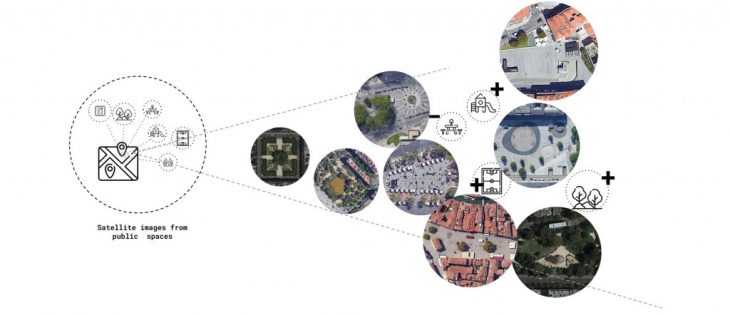
Dataset
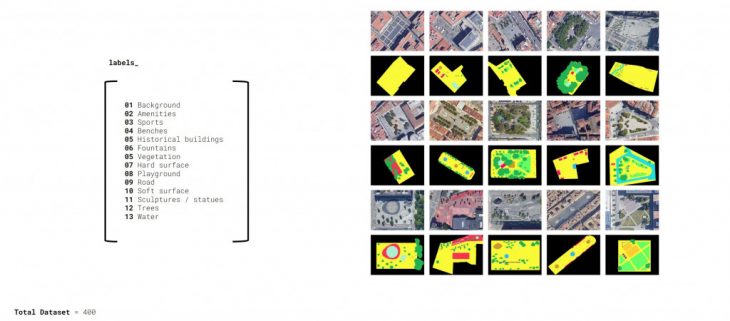
Iterations results
Iteration 01
We have started to produce some tests with a smaller dataset of only 150 squares and we quickly realised that it was not enough to train the model and identify the features with clarity.
After increasing to a dataset of 400 images, we have run our first test and upon training, we found the best results with batch size = 2 with a constant epoch of 50.
As aspected, the results for 50 epochs were still very low, but it helps us to understand what the model has learned as a starting point.
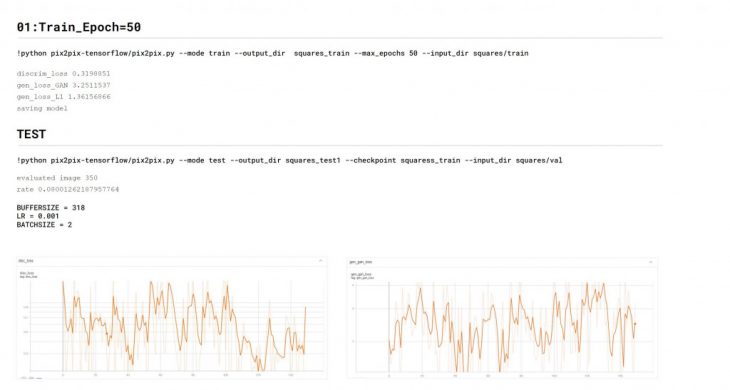
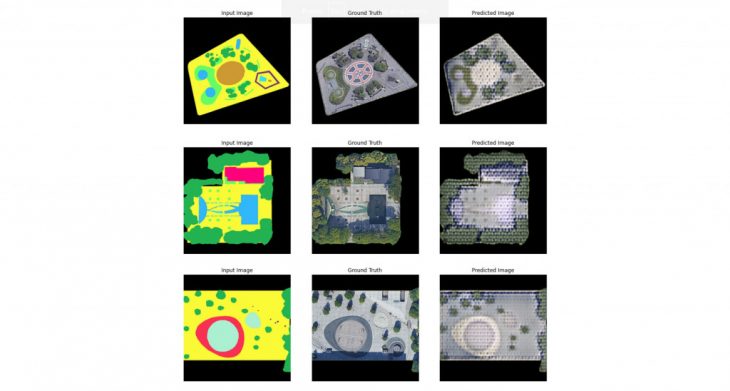
Iteration 02
In the second test, with the constant batch size and learning rate, the results seemed to improve. Upon increasing the epoch to 100, we got even better results. However further increasing the epochs, the model gave worse predictions. The gan_loss seem to decrease but the graphs are still jagged and seem to not improve.
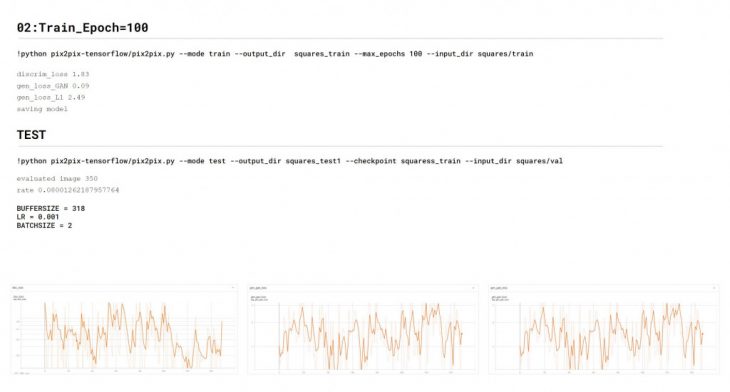
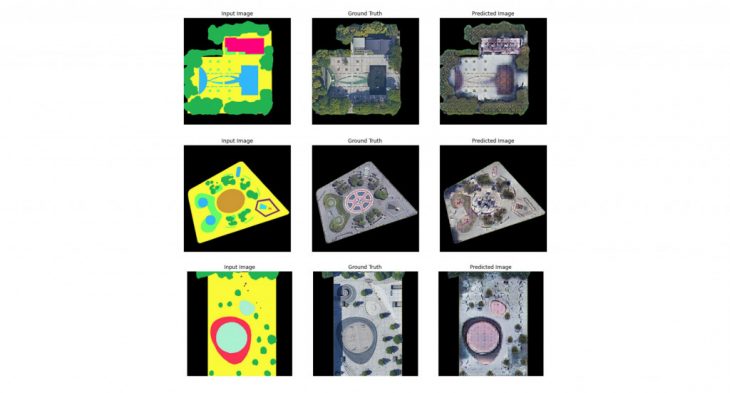
Iteration 03
Upon playing with diff hyperparameters, we found the sweet spot with batch size 01 and epoch = 200. Still, all graphs are inside the expected boundaries.
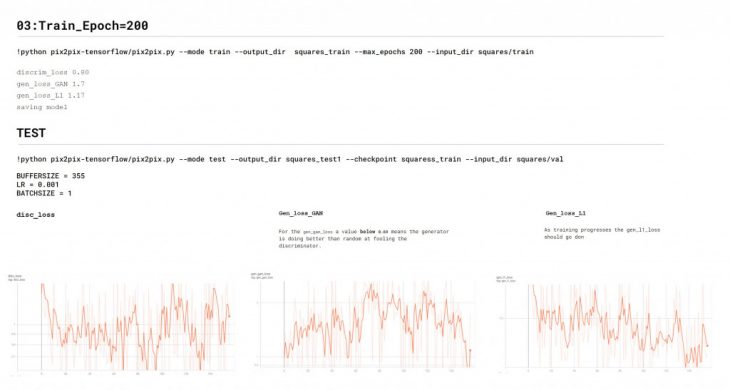
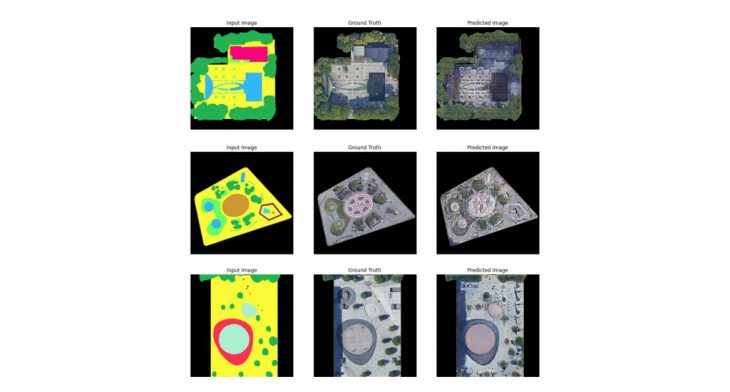
Iteration 03 – Sample results
Mask, Ground truth and predicted result
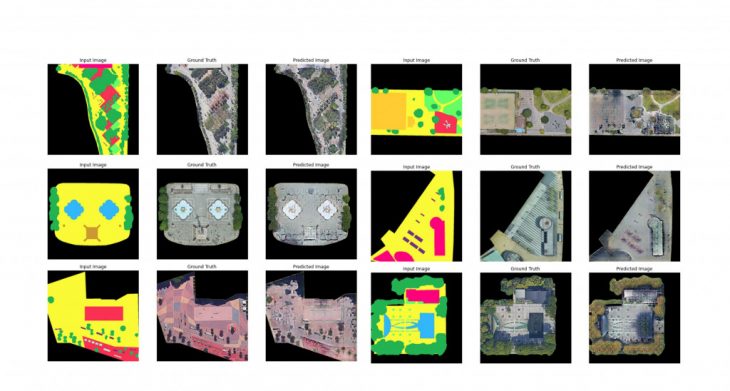
Conclusion
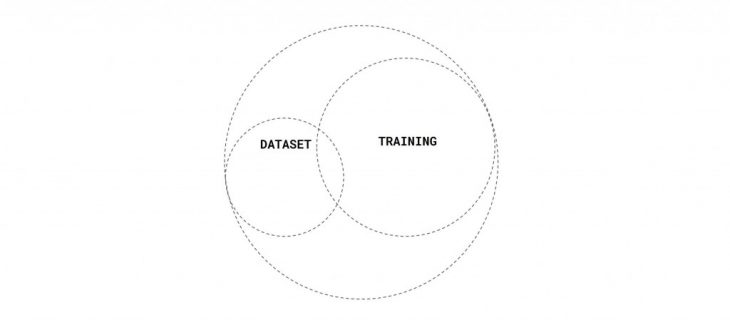
- Certain fewer area features are not identified by the model. Hence the features of a Public square need to be distinctive and present in an adequate amount for the model to identify them.
- adjusting the Batch number seems to be a good feature to take into consideration when the prediction result image gets “noisy”.
- Pavements, patterns or materials (important features in public spaces), need higher definition to be shown properly, for example testing a higher number of epochs. That was visible when we trained our model using 200 epochs. Increase the dataset can be also beneficial.
UrbanPIX is a project of IAAC, Institute for Advanced Architecture of Catalonia developed in the MaCAD 2020/21 by Students: Sachin Dabas and Pedro Ribeiro and Faculty: Stanislas Chaillou and Oana Taut.